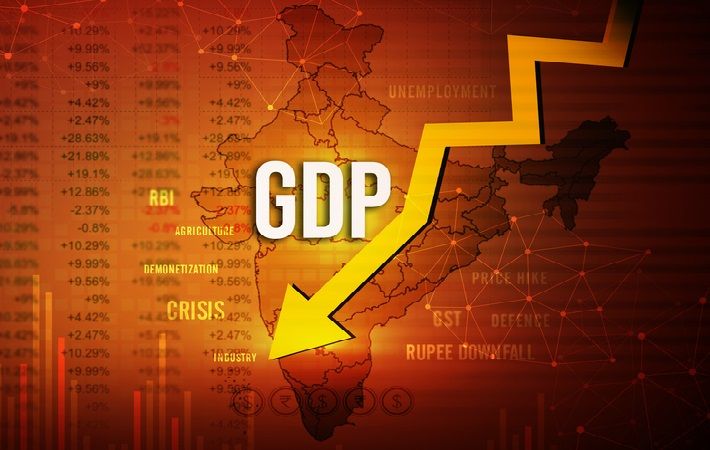
In its latest forecast on the Indian economy, Ind-Ra said despite the case load per day reaching more than 3.0x of the peak level attained during the first wave, it would be less disruptive, mainly due to three reasons.
First, the administrative response is likely to be confined to the regional/local lockdowns and containment zones (and not the entire country).
Second, unlike the first wave, the administrative response is not abrupt, and is unfolding gradually in a graded manner. Also, households. businesses and other economic agents are better prepared and there is a significant amount of learning by doing, which can help them withstand and navigate through the second wave of COVID-19 crisis.
Third, the roll-out of COVID-19 vaccine since January 16 would enhance safety and reduce the fear element among the vaccinated economic agents.
Real GDP in FY22 is estimated to come in at ₹148.2 trillion, which is 10.7 per cent lower than FY22 GDP trend value. Consumption slowdown is estimated to contribute 63.4 per cent of the decline, followed by investment 47.7 per cent, the Ind-Ra report said.
Since fiscal arithmetic of the FY22 budget is more convincing than earlier years, Ind-Ra continues to believe the budgeted fiscal deficit of 6.8 per cent of GDP is achievable. However, the success of this number hinges on the government’s ability to achieve FY22 disinvestments target of ₹1.75 trillion.
Current account surplus of FY21 will give way to the current account deficit of 0.4 per cent of GDP in FY22. But the evolving domestic and global macro conditions will continue to keep Indian rupee volatile. Ind-Ra expects the depreciating bias of the Indian rupee to persist in the near term and the Indian rupee to average 77.1 per USD in FY22.
Fibre2Fashion News Desk (RKS)